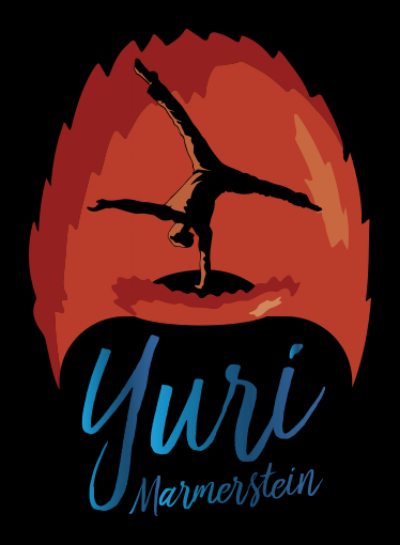The above video shows my preferred method for having beginners enter a chest-to-wall handstand. The idea is build strength, confidence, and control so we can build a good base to later perform freestanding handstands.
Technical cues/thoughts:
-Straight arms. This exercise will feel much heavier if the elbows are even slightly bent.
-Strive to keep the shoulders above the hands the whole time.
-Spend a bit of time on one arm during each step with the hands. Just a second or two is enough to showcase proper alignment and confidence, but feel free to stay longer.
-Go slow and be deliberate through the transitions. This exercise should be performed methodically so avoid any fast or jerky movements.
-Try to minimize rotation of the hips during the weight shift. It should be just a side to side movement.
-Do not allow collapse of the shoulders or lower back during any point.
-Try to avoid leaning too much weight against the wall. The higher percentage of your weight you can keep in your hands, the more it will carry over into freestanding work later.
-Go only as high as you are comfortable with and gradually build the confidence to get closer to the wall.
-When you get high enough on the wall, point the feel. It is better for aesthetics but also plays a functional role in discouraging you from leaning more weight into the wall.
-Once you are in your final position, take a few moment to settle in it. Find some stillness.
-If you are new to handstands, avoid going to failure as a safe descent still takes energy.
-On the way down, reverse what you did on the way up. Keep control and finish in a pushup position.
-Repeat many times
Afterword: In my opinion, this is the boring part of handstand training. However it is important to build a physical base prior to adding in skill work like balance, otherwise the process can be a bit more frustrating. The one arm holds force the student to put themselves in a better alignment to not have to work so hard, plus they lead in to more advanced skills.
Pay your dues with the basics, and the benefits will come later.
200 County Road 545
Englewood
Phone Number
Your Custom Text Here
